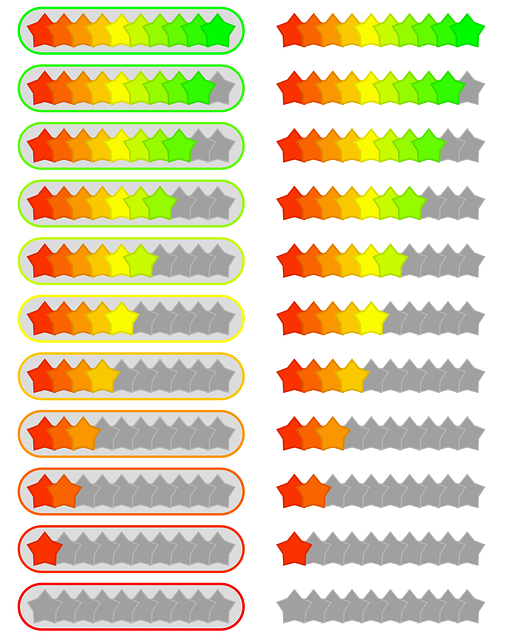Regular low cost irrigation backflow tests in Comal County are crucial for protecting water quality and public health by preventing contamination from pesticides and fertilizers. Property owners can conduct these tests themselves with a simple procedure, detecting leaks or cross-connections. Investing in approved backflow assembly devices creates a physical barrier to safeguard main water sources from contaminated irrigation systems.
In Comal County, understanding and mitigating backflow system contamination risks is paramount for maintaining water quality. This article guides property owners through essential practices, focusing on a crucial component: the low-cost irrigation backflow test. We provide a comprehensive step-by-step guide to ensure compliance and prevent potential contamination. Additionally, we explore best practices for Comal County irrigation systems to safeguard local water sources, offering valuable insights for both homeowners and professionals alike.
- Understanding Backflow System Contamination Risks in Comal County
- Low Cost Irrigation Backflow Test: A Comprehensive Guide for Property Owners
- Preventing Contamination: Best Practices for Comal County Irrigation Systems
Understanding Backflow System Contamination Risks in Comal County

In Comal County, understanding backflow system contamination risks is paramount for maintaining water quality and public health. Backflow systems, designed to prevent water from flowing backward into the main water supply, can become contaminated if not properly maintained or tested. Contamination can occur due to various factors, such as chemical reactions, microbial growth, or cross-connection with contaminated sources. This poses significant risks, especially in agricultural and irrigation settings where low-cost irrigation backflow tests are crucial for identifying potential hazards early on.
Regular backflow testing is a low-cost yet effective measure to safeguard water systems in Comal County. These tests detect any backflow prevention device failures or weaknesses that could allow contaminated water to enter the main supply. By conducting these tests, homeowners, farmers, and businesses can prevent serious health issues associated with contaminated water, ensuring the well-being of their families, employees, and the broader community.
Low Cost Irrigation Backflow Test: A Comprehensive Guide for Property Owners

In Comal County, property owners can take proactive steps to safeguard their water supply by conducting a low-cost irrigation backflow test. This simple yet crucial procedure is designed to identify and mitigate potential contamination risks associated with irrigation systems. By following a comprehensive guide, homeowners can ensure the integrity of their water sources, especially when it comes to preventing harmful substances from entering drinking water supplies.
The low-cost test involves examining various components of the irrigation system for any leaks or cross-connections that might introduce contaminants. It’s an effective way to verify that backflow prevention devices are functioning optimally and that there are no accidental connections between potable and non-potable water sources. With a detailed step-by-step guide, property owners can learn to perform this test themselves, saving time and money while ensuring the safety of their water usage for irrigation purposes.
Preventing Contamination: Best Practices for Comal County Irrigation Systems

Preventing contamination in Comal County’s irrigation systems is paramount to maintaining water quality and public health. The first line of defense lies in implementing best practices that safeguard against backflow, ensuring no unwanted substances enter the drinking water supply. One effective strategy is conducting regular, low-cost irrigation backflow tests, which identify potential hazards early on. Homeowners and businesses should prioritize these tests, as they can detect contaminants like pesticides, fertilizers, or even bacteria, preventing them from reaching the main water sources.
Additionally, investing in proper backflow prevention devices is crucial. These devices create a physical barrier, stopping any backward flow of water and thus, contaminants. Comal County residents and local authorities should encourage the use of approved backflow assembly tests and installations to mitigate risks effectively. By adopting these preventive measures, the community can ensure the safety and cleanliness of its irrigation systems, fostering a healthier environment for all.
In conclusion, mitigating backflow system contamination risks is paramount for Comal County residents to ensure safe and clean water sources. By understanding these risks, implementing best practices, and utilizing low-cost tests like the comprehensive guide provided, property owners can actively prevent potential hazards. Adopting these measures not only safeguards our environment but also contributes to a healthier and more sustainable community in Comal County. Remember, when it comes to irrigation systems, staying proactive is key.
